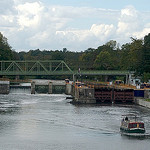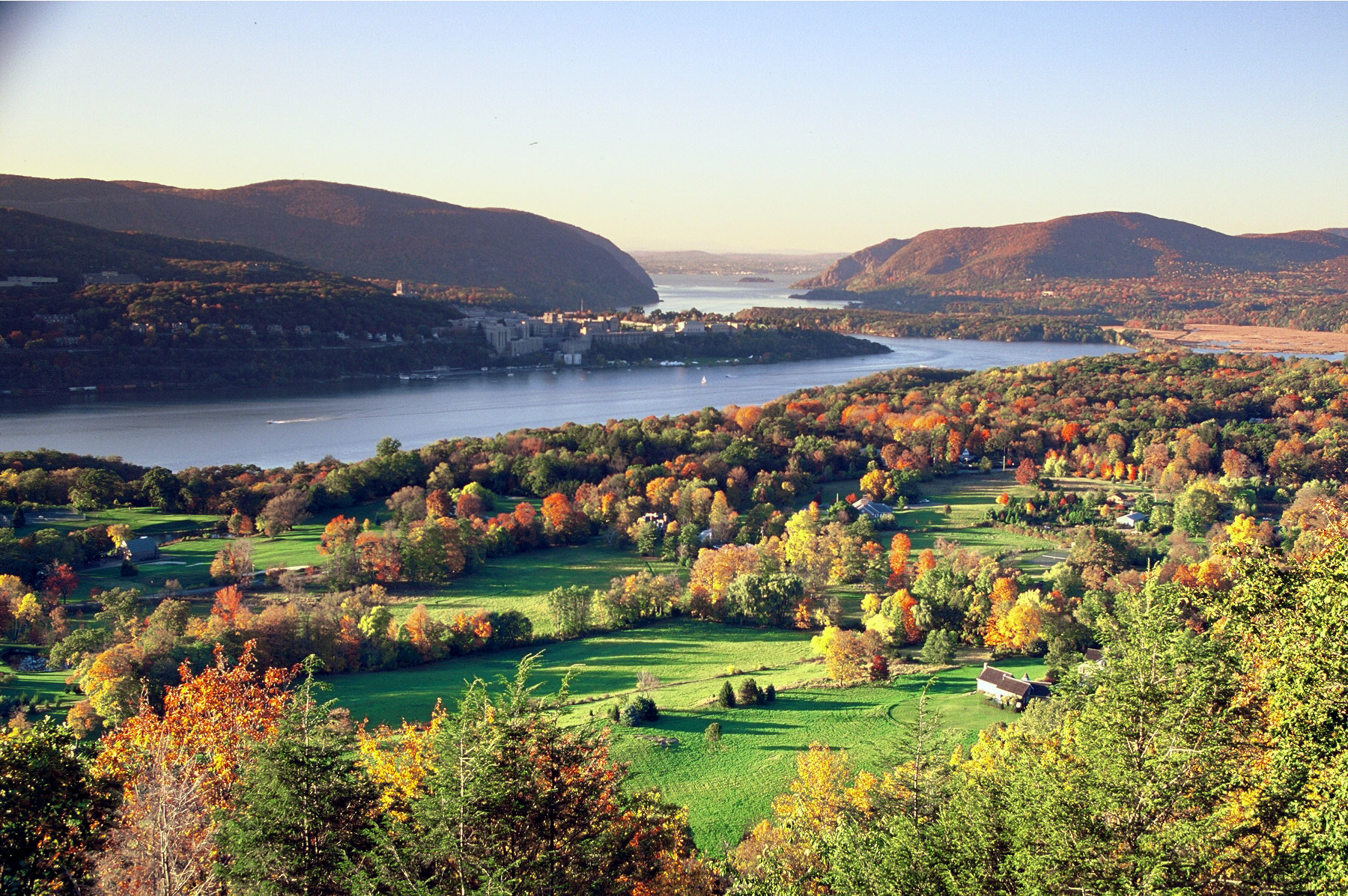To provide observations and information on the emerging fields of landscape scale conservation, heritage preservation, and sustainable community development.
Newsletter
Stay up-to-date with the latest nature, culture and community news.
We won’t spam you or share your information. Newsletters are sent approximately 10 times a year. Unsubscribe at any time.

Recognizing Working Women
The Riverspark State Heritage Area in New York, one of the first in the nation, was designated to interpret the themes of industry and labor. Industry was an easy theme for Riverspark because its industrial history in its cities like Troy, Cohoes and Watervliet and villages like Green Island and Waterford preserved large 19th century industrial structures like the Harmony Mills in Cohoes, the Watervliet Arsenal and the Gurley Building in Troy. In addition, industrial archeologists have done an excellent job identifying and interpreting the 19th century industrial history of the area. The challenge for Riverspark was to interpret the labor theme.
Partners in Caring for Land
Exciting partnerships for conservation are taking shape in New York, where local, state, federal and nonprofit groups are coming together to find new and creative ways to achieve their shared goals.
New York State Parks Agency Dropped the Ball
Creativity and pride go into the protection of natural and historic treasures as parks. New York courts have protected parks with the public trust doctrine that requires legislative approval before discontinuing or compromising a municipal or state park. Sadly, the state Office of Parks, Recreation and Historic Preservation is walking away from responsibility for heritage areas.

Erie Canal – Deserves Attention
The Erie Canal is approaching its bicentennial in 2025. It is hard to underestimate how transformational its creation was to the nation. Yet, why can’t we realize its potential as what former Gov. George Pataki called one of New York’s most valuable resources?

N.Y. the Vanguard of Conservation
Conservation of nature and heritage is important to having both good places to live and to leaving a better legacy for future generations. New York

Recognizing Working Women
The Riverspark State Heritage Area in New York, one of the first in the nation, was designated to interpret the themes of industry and labor. Industry was an easy theme for Riverspark because its industrial history in its cities like Troy, Cohoes and Watervliet and villages like Green Island and Waterford preserved large 19th century industrial structures like the Harmony Mills in Cohoes, the Watervliet Arsenal and the Gurley Building in Troy. In addition, industrial archeologists have done an excellent job identifying and interpreting the 19th century industrial history of the area. The challenge for Riverspark was to interpret the labor theme.
Partners in Caring for Land
Exciting partnerships for conservation are taking shape in New York, where local, state, federal and nonprofit groups are coming together to find new and creative ways to achieve their shared goals.
New York State Parks Agency Dropped the Ball
Creativity and pride go into the protection of natural and historic treasures as parks. New York courts have protected parks with the public trust doctrine that requires legislative approval before discontinuing or compromising a municipal or state park. Sadly, the state Office of Parks, Recreation and Historic Preservation is walking away from responsibility for heritage areas.

Erie Canal – Deserves Attention
The Erie Canal is approaching its bicentennial in 2025. It is hard to underestimate how transformational its creation was to the nation. Yet, why can’t we realize its potential as what former Gov. George Pataki called one of New York’s most valuable resources?

N.Y. the Vanguard of Conservation
Conservation of nature and heritage is important to having both good places to live and to leaving a better legacy for future generations. New York


